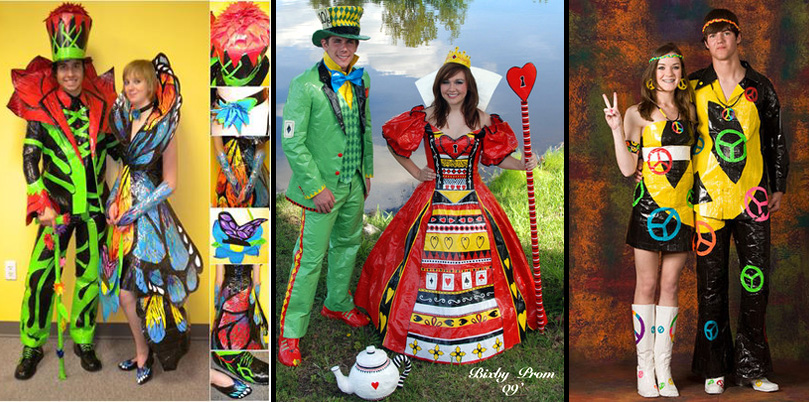Week 3 Readings (Perkins/ Lepik)
The paired readings for this week’s
discussion focus a lot of attention on the integrity of a designer within a
community practice and specifically the operations of a firm. ‘Chapter 22: Talent is Not Enough’ by Shel
Perkins was an extremely insightful read, written for the audience of emerging
designers his writing embraces the social format of the architectural trade. His
perspective of operational formatting within an office was for the integrity
orientation for someone such as myself that has not yet received this
experience. This configuring of social
hierarchy within the architectural field is how Perkins explains never a cookie cutter structure, Architecture
firms have a cultural philosophy unlike any other profession; as this reading
was also paired with ‘Building On Society’ by Andres Lepik, Its evident that
the cultural philosophy of architecture in light of unfortunate global
occurrences has started to focus attention back to communities in need.
Collaboration functions at multiple
scales, and these reading are evidence of such. Collaboration functions within
the office format in the social interactions between designers/interns/ and
principles as well as contacted offerings with outside engineers and
construction firms. Perkins describes the process of the inner office hierarchy
as not the typical top down approach but more so principals and leaders serve
as a facilitator and a catalyst. The reason for this embraced philosophy might
correlate with the level of risk a design team might be willing to take. True
innovation requires creative risk, and this creative risk should be implemented
in every level of the field including the social structural of firm.
With risk comes innovation, in the
design field innovation and technology work in a symbiosis with ideas and
concepts. Ultimately new innovations will eventually evolve to being new
standards. Lepik references many contemporary instances of community outreach
from designers who showed integrity for providing underprivileged communities
with access to properly designed infrastructure that will potentially enhance
pride and lifestyle . Most of these communities Lepik described were
communities in desperate need of infrastructure, these are opportunities for
designers to embrace these localities and design for their prescribed needs. Through
these opportunities designers have moments of showing that we are more than
just skilled professionals but that we are human and design with empathy and
social structures.
3 questions for an architecture
firm
1.
What was the pinnacle moment of achievement for
your firm. how did you gain this
success.
2.
What is your office philosophy, how do you
collaborate within the firm.
3.
How did you emerge as an established firm and
how do you see potential growth of the firm 20 years now.













